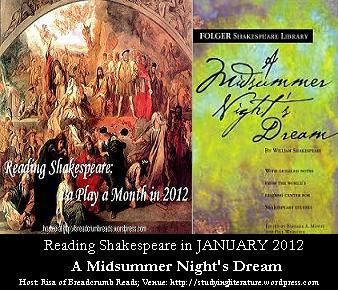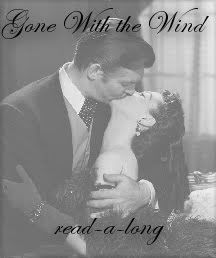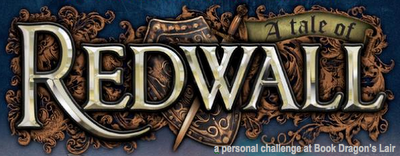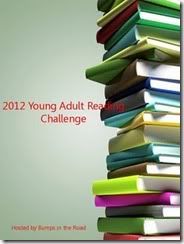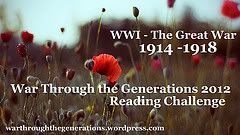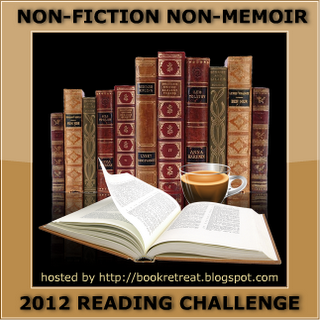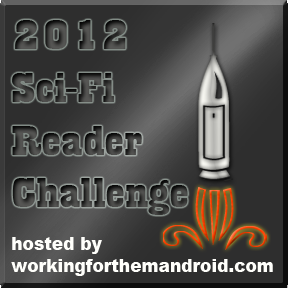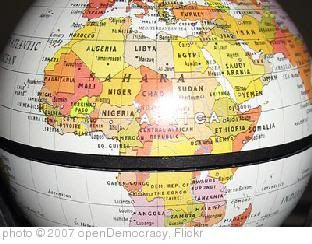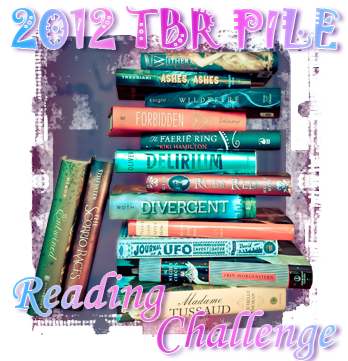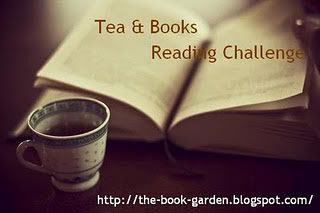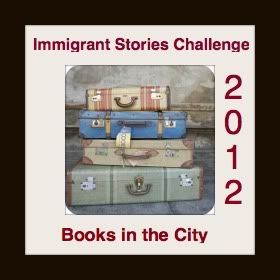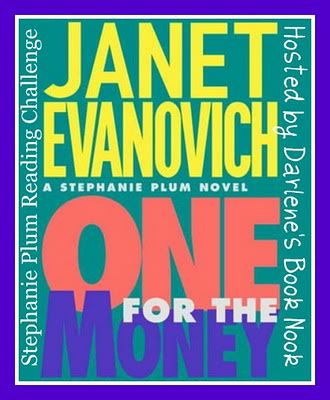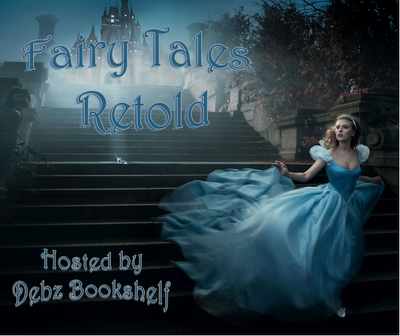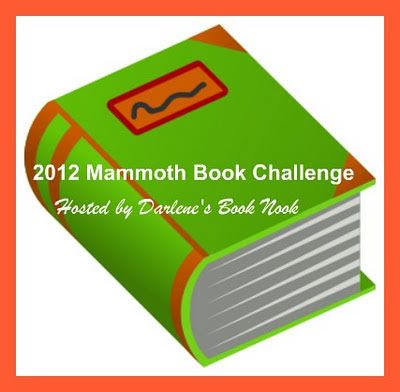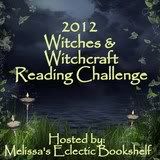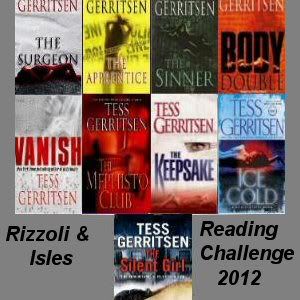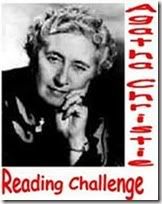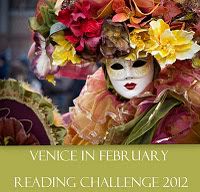Mariam, the daughter of one of the triplets, appears in the home of Aliya's parents the day that Aliya is born. Despite never saying a word except to Masood, the family cook, Mariam is accepted into the family, especially by Aliya. The novel opens four years after Mariam leaves home, resulting in a falling out between Aliya and her grandmother. Aliya is returning home on summer break to see her grandmother, but first she stops in London, where she meets Khaleel, a man who she is drawn to despite his unsuitable background, as well as members of the Indian branch of her family. Her feelings for Khaleel and the revelation that she and Mariam are "not-quite-twins" cause her to delve into her family's history and challenge her own attitudes and beliefs.
Despite the adage, I do judge books by their covers (and titles). The cover of Salt and Saffron was striking enough that I grabbed it from the library and started reading it without really knowing what it was about. To some extent, I prefer doing this because it lets me experience the story without any preconceived notions and without skimming over parts of the book waiting for the big event to happen. In this case, it worked out very well.
Initially, I struggled with some of the names and with understanding the significance of characters and the roles they played in the story. For instance, it took an embarrassingly long time to realize that Mariam was the daughter of Taimur, the triplet born on the cusp of midnight who later fled India and disappeared. This passage about Aliya's cousin, Samia, is a great example:
If you're trying to understand how exactly Samia and I are related you might suppose from Samia's words that my Dadi is her Nani, which means that my father and Samia's mother are siblings and, therefore, Samia and I are first cousins. It's never that simple. Dadi is my father's mother; she is not, however, Samia's mother's mother as Samia's use of the term "Nani" implies, but rather Samia's mother's mother's sister, and so Samia and I are second cousins. While I'm climbing the family tree let me add that my grandparents, Dadi and Dadi, or Abida and Akbar if you prefer the familiarity of first names, were also second cousins, and Dada was one of those three sons, the not-quite-twins, who brought such heartache to the family. But that comes later. Of course, it really came earlier.Fortunately, as I was drawn into the narrative, I stopped trying to remember the exact meaning of words and trying to keep track of various characters and relationships. It was easy enough to follow and the story drew me in. The story gives some idea of what it's like to live in modern day Pakistan, but the real focus is on the lives of Indian royalty (the Dard-e-Dils ruled a small kingdom) before and after the partition
Food also plays a large role in the story, as you might expect from the title. Mariam's first, and only, words upon her arrival in the home of Aliya's parents are in response to the cook asking what to make for dinner that night. Throughout Aliya's life, the Mariam only speaks of food and only then to the family cook. Food plays an important role in the lives of most families, but I think that the significance is even greater when, as in the case of the Dard-e-Dils, people are somehow separated from their roots.
I was very impressed with how enjoyable Salt and Saffron was. Throughout the novel, Shamise is gradually telling bits of several stories and weaving them together. The entire story was engaging and easy to read. After my initial worries of how I would keep various character and words straight, I just gave up and allowed myself to be pulled into the book. I absolutely adored the novel and I'll definitely be reading more of Kamila Shamsie's works in the future.

